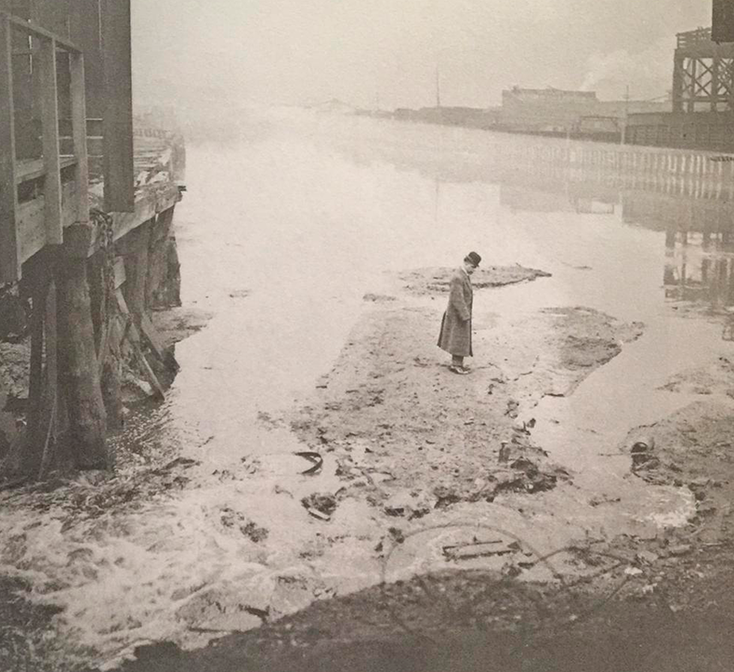The slaughterhouse district was called Packington, it was located south of the current Bridgeport. At the end of the 19th, around 30,000 animals were killed there every day. The Union Stock Yard was the biggest meat producer in the world.
25,000 workers, men, women and children, used to come every day to kill, cut up and can the livestock in dark and dirty premises. The working conditions were so difficult that, for certain jobs, it was difficult to survive more than five years.
With The Jungle, Upton Sinclair wanted to denounce this atrocities. The book was published in 1905 as weekly episodes in the socialist newspaper named Appeal to Reason. The Jungle provoked a real scandal, but readers were mostly shocked to find out the real contents of their corned beef boxes than reading workers life conditions. “I aimed at the public’s heart, and by accident I hit it in the stomach” said Upton Sinclair. The fact is that the methods of food preparation were really terrifying.
When the meat was rotten, it was minced up, disinfected with ammonia, colored and flavored with chemicals and stuffed into the sausages. At the end of the day, workers used to scrap the floor of the slaughterhouse, collect crumbs of meats mixed with chemicals, and send everything in the prepared dishes. Regularly, a worker could slip into the vessels and finish mixed up into the cans.
The scale of the scandal caused by The Jungle pushed President Roosevelt to establish a commission of inquiry about working conditions in the meat industry. He then led the first reforms on labor law and food production regulation.
When the only goal of the food industry producters is the economic growth, public health is in danger. No one forgot about the scandal of the mad cow. The duty of the government is to protect their citizen, by controlling the quality of the food production and the quality of working conditions : both of them are linked.
Man walking on hair, grease and lard brought by the river along Packington.







